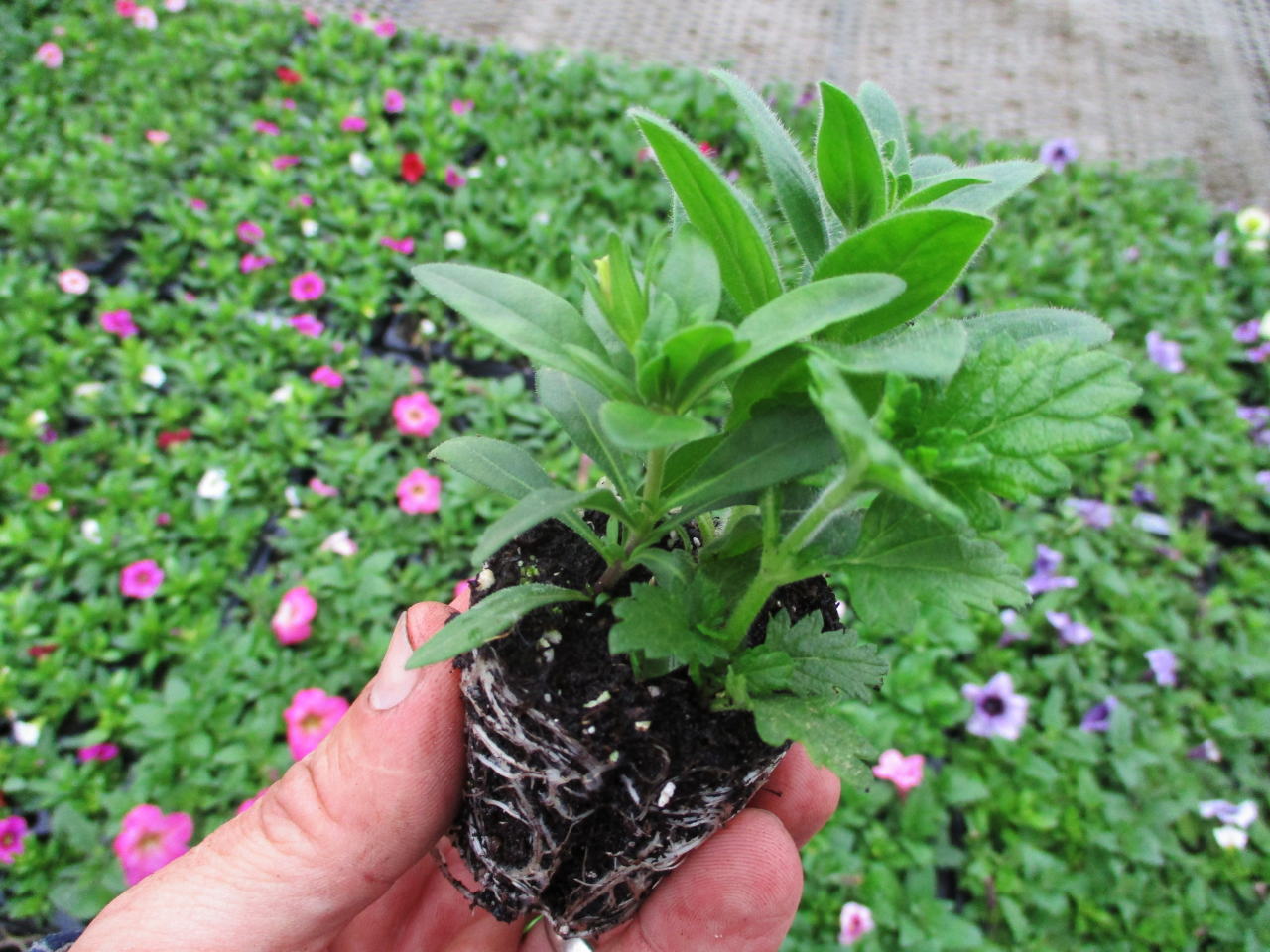We all have a tendency to want a good deal on things we need. Sometimes, though, there's a false economy in the "lowest price" mentality.
We always get requests during the year for quotations on plants or a landscape design. The majority of times, we decline of quoting most jobs. But why? This would seem like a bad idea to turn down the opportunity to get a job. Though our experience, though, we've come to see there's two aspects to gardening that can't really be compared directly - money and time.
There was a time where we would try and carry at least a few of the smallest of each plant we could. In this way, we would "cover all the bases" from young to old plants. Over time, we listen to our customers and our customers have told us that most small plants are just too small. Unlike other goods like shoes or shirts, larger is just a size number and really has very little significance. To get a larger plant, means time and time is linear.
Let's take for example a plant like a mugo pine. A small mugo pine in a one gallon pot would probably be at least two years younger than one in a larger three gallon pot. The price could be up to three times as much, but then again, how do you measure the value of this time?
What about annuals? Or even perennials? The grow far faster than woody plants, so is smaller better there? Take a geranium as an example. A geranium in a 4 1/2" pot can be 2-4 weeks younger than one in a 5 1/2" pot. Though 2-4 weeks may not seem that long, when you consider we really only have about 12 to 16 weeks of summer, 2-4 weeks becomes more significant.
There's one other big danger in getting small plants and that is over-planting. When we plant our gardens and have small plants to start, we tend to plant them closer together. Eventually they do outgrow the space they are in and don' t look that great. In the end, the tendency to over-plant smaller plants means getting more plants in the same space and that cancels out any savings on looking to the smaller plant in the first place.
When it comes to trees, there's a large gap between a small tree and a larger tree. When people ask me what the difference between a small tree and a large tree is, I never mention the price. I always say the difference is about 4-5 years. When you start to think of the age difference between different sizes of plants, the price becomes less and less relevant.
Of course there are times when the size and price is of major concern. Two cases come to mind in particular. The first is a mass planting. If you want to cover a large area with plants, budget typically comes before time and using smaller plants becomes the standard. The second case would be when dealing with tender plants. If a Japanese Maple has a questionable survival rate, then a younger and less expensive plant may be the better option. Investing a small amount in a tender plant leaves you with less to lose.
In the end it boils down to price versus time. There's nothing wrong with getting smaller plants and letting them grow into their place but there's no real way to quantify the value of time. We're all in a personal juggling act to figure this one out. Typically, the value of our time is more relevant is larger woodier plants than in herbaceous plants. New gardens would be best to visit the middle of the road or lean to larger plants and not the smallest plants, primarily to keep your success rate higher. There's nothing worse than the frustration of a weenie looking garden because of small plants on your first gardening attempt.
I still don't quote plant lists because I know most places around me carry lots of small stock to make their quotes the lowest bid. Since you really need to see the difference between a small plant and an older plant, I choose not to put an arbitrary value on the age of the plants. I always tell people they need to see plants before basing their garden on price alone. Smaller and less expensive can sometimes fit the bill, but it can sometimes cost you even more money than larger plants. We each need to weigh price vs. time vs. risk and make the decision from there.

